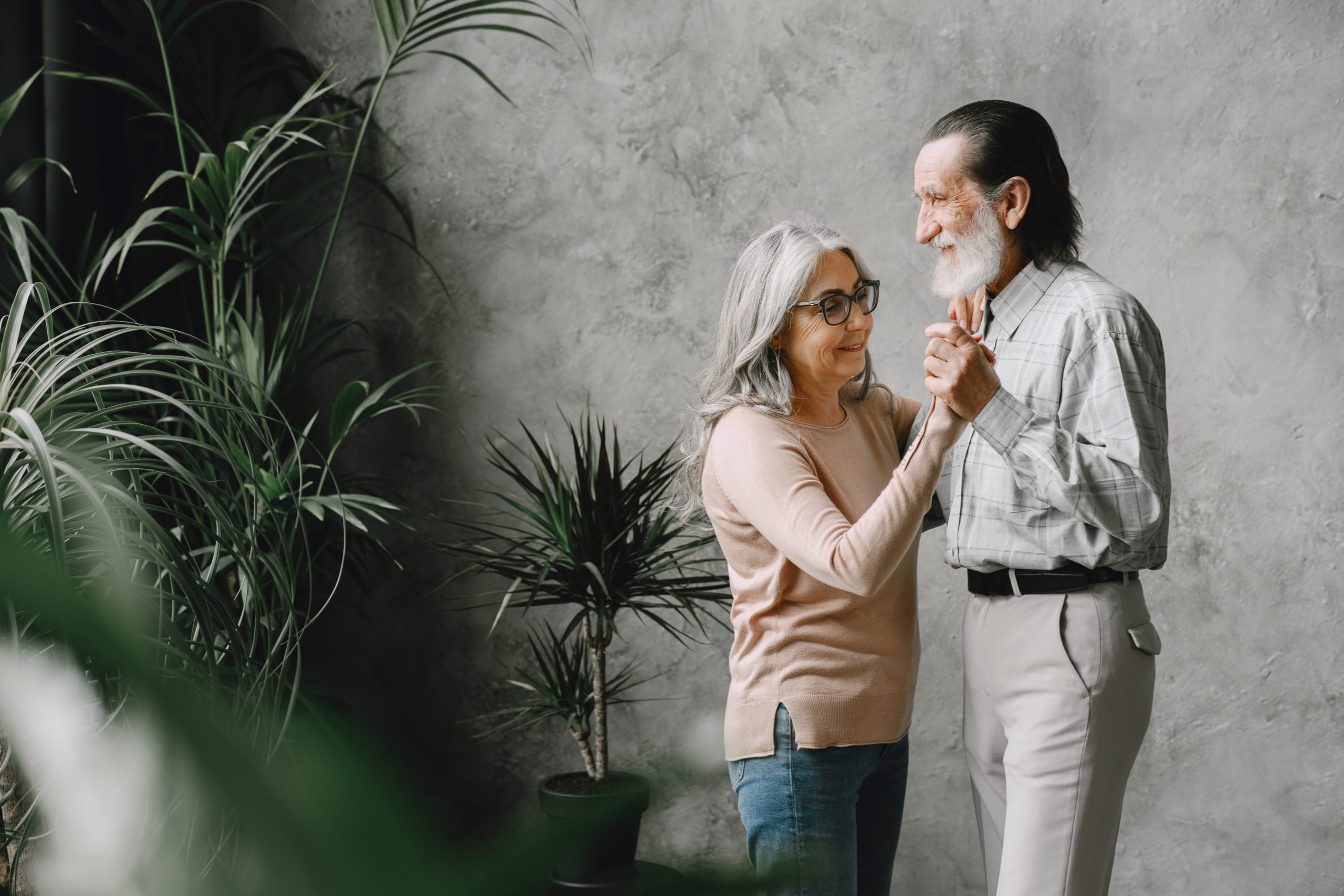
One morning you wake up, and your left index finger is trembling. Another day you feel unusually stiff, and your body movements aren’t as fluid as they’ve always been. Then you start having trouble getting your words out properly, and your body takes longer to move about. You lose your balance more than you used to, and your coordination is…off. As time goes by, you experience increasingly intense symptoms of Parkinson’s Disease. You find yourself withdrawing from your social life and sinking into despair, anxiety, and depression.
Fortunately, there are ways to treat Parkinson’s, gain relief from the symptoms, and slow their progress. There are medical treatments, medications, and…
Dance!
Several studies have shown that dance can improve multiple Parkinson’s Disease symptoms and improve your emotional and psychological well-being.
About Parkinson’s Disease
Parkinson’s Disease attacks the areas of the brain that control the body’s ability to move. Typically beginning between 50 and 79 years, the disease is degenerative, and its progression is slow. Nevertheless, it can produce tremors, poor coordination and balance, slowed movement, stiff muscles, impaired speech, and more.
In addition to the physical impact on the body, Parkinson’s can have profound psychological effects. When your body does not function properly, when you can no longer do things you used to take for granted, when you feel like you’re losing your independence, your mental health can suffer. In addition, your “motor symptoms lead to further psychological issues, depression, [and] social isolation.”
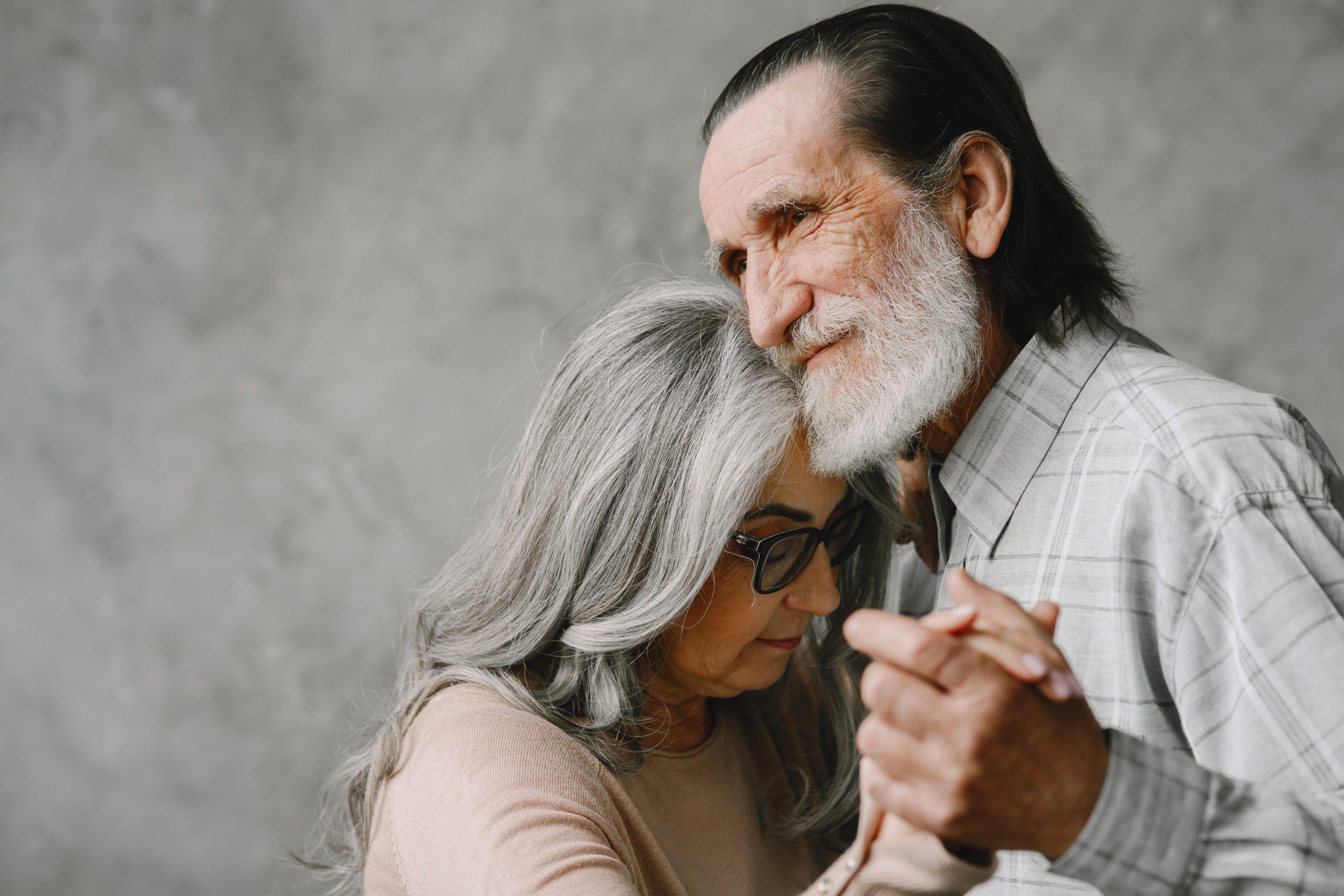
Exercise: Get Moving!
How do you combat a degenerative condition that targets motion? You move! The Michael J. Fox Foundation for Parkinson’s Research states, “Exercise is one of the most powerful treatments for Parkinson’s Disease.” Evidence suggests that it is instrumental in preventing or slowing progression, managing symptoms, and avoiding isolation.
The Cleveland Clinic observes, “Exercise can help people with Parkinson’s slow the disease and control symptoms. It also has psychological benefits, protecting brain cells and often providing social interaction.”
Exercise can help improve flexibility, muscle strength, and balance. Any type of exercise is helpful, as long as you can handle the activity. Discuss it with your doctor, physical therapist, or other professionals on your team of caregivers to find something you can benefit from and enjoy.
How about dancing?
Dance: On Your Toes or in a Chair, Raise Your Hands in the Air!
Dance can be an ideal form of exercise for people with Parkinson’s Disease. Compared to many other types of exercise, dance is exceptionally versatile. There are various genres from which to choose, so it can easily accommodate a wide range of interests, skills, and comfort levels. For example, if standing is difficult, you can sit in a chair and still move your arms and legs, lean to the side, and bend forward.
Psychologically, you can benefit from the social environment of your dance class. You share a common experience and can, over time, develop friendships. You have opportunities for creative expression and even just a reason to smile.
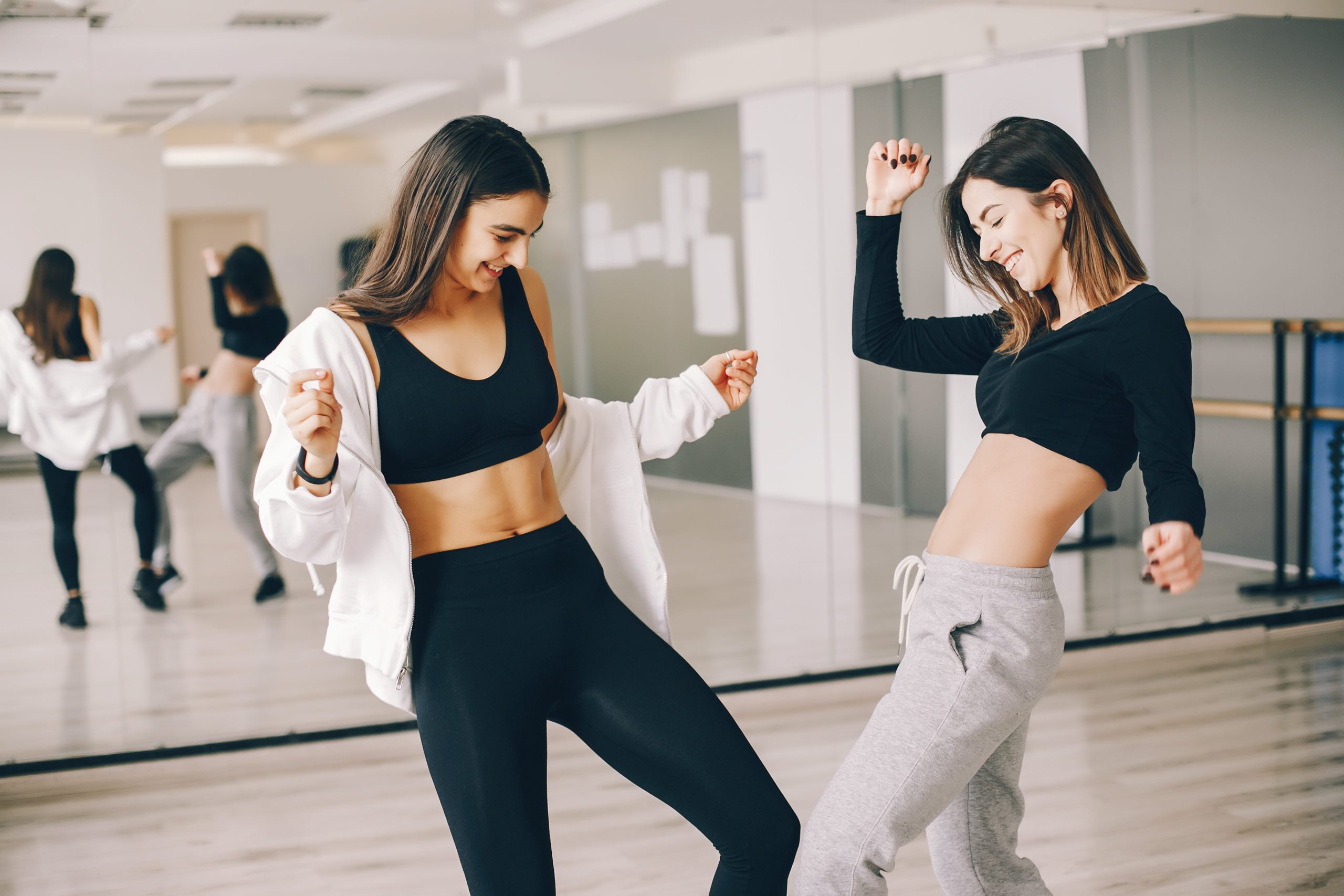
Research
Dance has been the subject of a great deal of research on its effect on Parkinson’s Disease. Some research suggests that dancing may improve your ability to walk, balance, and generally move. Exploring the long-term effects of dance on Parkinson’s patients, a study conducted at York University in Canada revealed that dancing to music can impede the disease’s progression and improve everyday life. Another study suggests that dance stimulates areas of the brain previously damaged by Parkinson’s. In a study where 16 people with mild Parkinson’s took weekly dance classes for three years, participants experienced marked, sustained improvement in both physical and psychological symptoms.
Music
Another factor that makes dancing stand out is its partner—music. On its own, music offers benefits for people with Parkinson’s. “Music may serve as an external cue to facilitate movement.” It has a rhythm, a beat, a pattern to follow, and expresses emotion in its volume, tempo, voice, and instrumentation.
Studies show that listening to music may influence brain activity related to emotion, communication, and movement. In addition, rhythm can improve coordination, walking, and balance. For people with Parkinson’s, rhythm can play “a crucial role in rehabilitation, enhancing connections between the motor and auditory systems.”
Putting music and dancing together creates a powerhouse of creativity, movement, and resources to help repair what has been damaged.
Dance for PD®
One program providing dance classes for people with Parkinson’s Disease is Dance for PD®, a nonprofit organization in the United States and 25 other countries. Professional dancers and movement experts teach specialized classes that incorporate modern theater, ballet, folk dance, tap, improvisation, choreographic repertory, and social dancing.
Participants, some of whom have described the program as “liberating,” can “experience the joys and benefits of dance while creatively addressing symptom-specific concerns related to balance, cognition, motor skill, depression and physical confidence.”
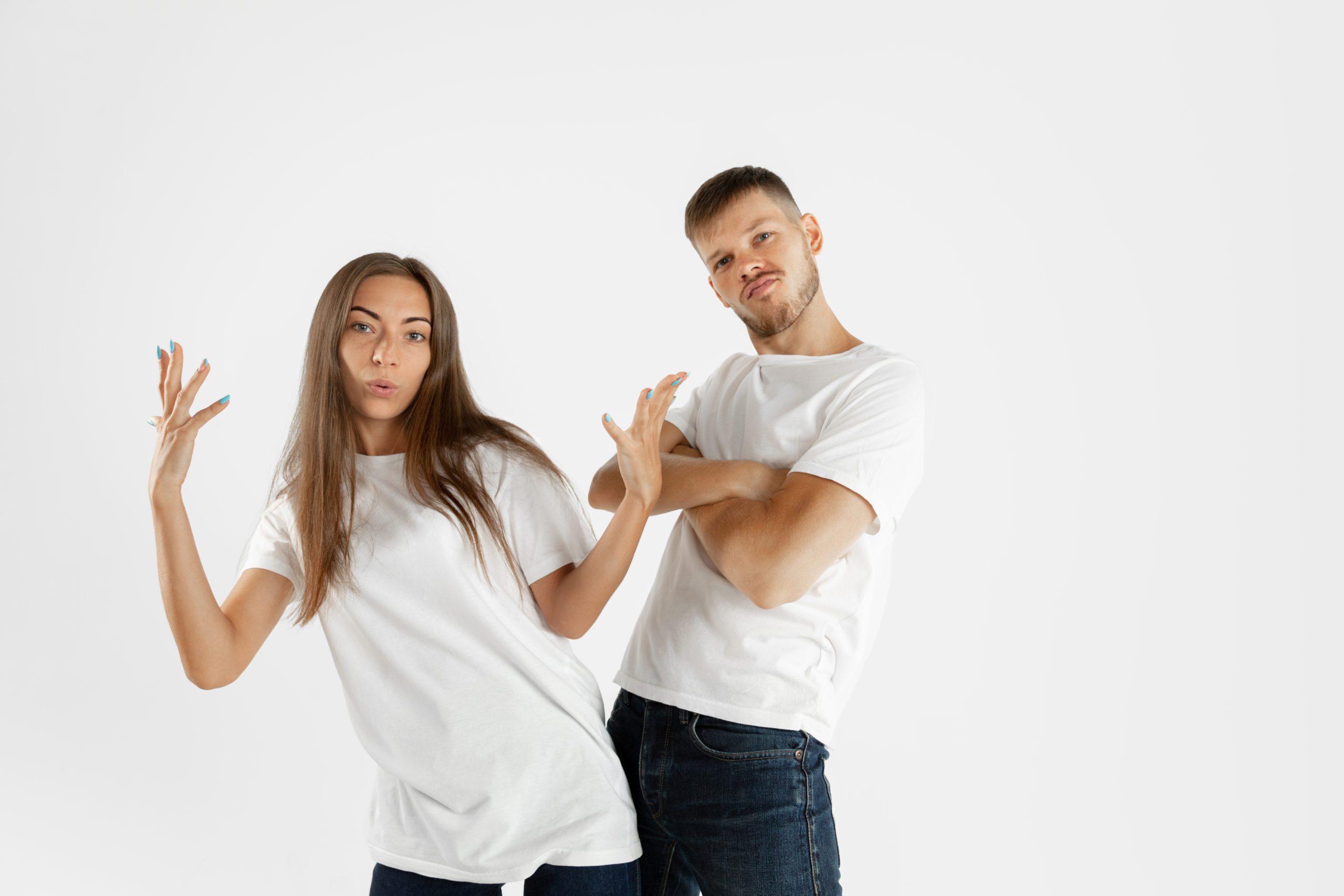
Improving Mental Health
Like other forms of exercise, dancing can alleviate feelings of isolation, hopelessness, the loss of control over your own body, and other mental health issues brought on by Parkinson’s. Classes provide a social setting where you can interact with people whose situation is similar to yours, people who understand. Instead of gradually withdrawing from the life you once had, you have an opportunity to add to it or even start anew.
“Studies show participants feel their mood lighten and their anxiety decline. In a 2015 study published in the Journal of Neural Transmission by Westheimer and colleagues from four universities, participants reported feeling less helpless, grateful for the companionship and a general sense of improved health.”
Conclusion
Dance is more than a form of exercise. While it is essentially a series of physical movements, it is also an outlet for emotional expression. Dance and the music that accompanies it give participants abundant cues and actions that strengthen the body and mind.
For people with Parkinson’s Disease, it can be a tremendous source of progress and empowerment. Multiple studies have shown the positive influence dance can have on mobility, balance, coordination, mental health, and overall well-being.
So one morning, you wake up, and you find you have more control over how your body moves. And you smile because later that day, you’ll have a dance class.




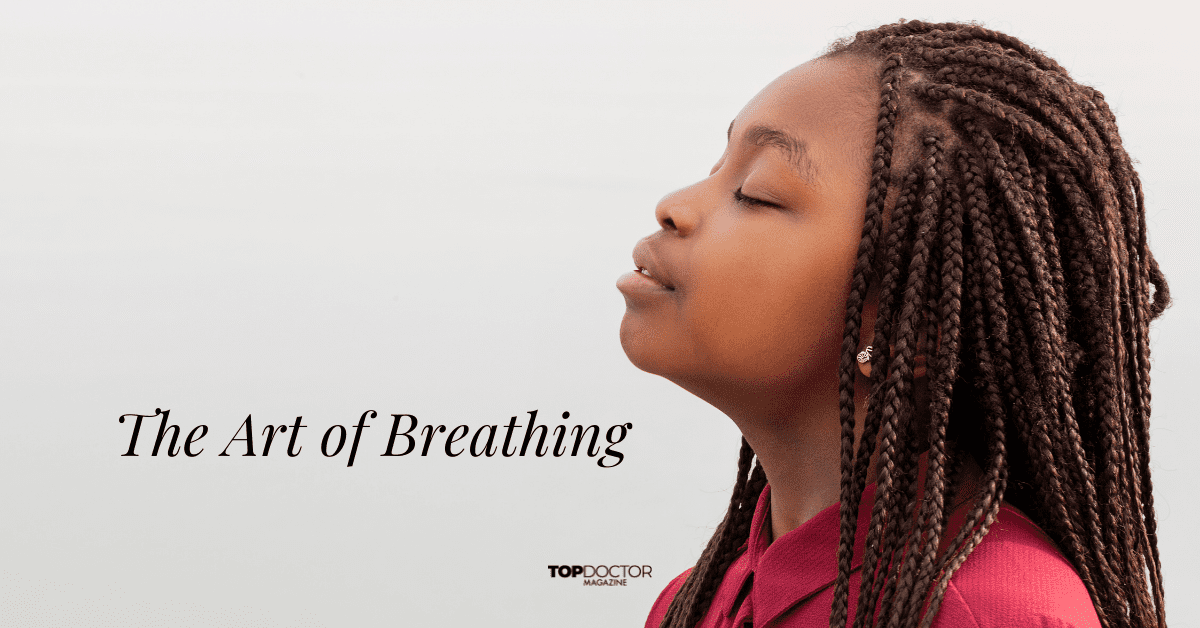
0 Comments